In recent years, various projects have been carried out at Matís that involve plastic in one way or another. Sophie Jensen, project manager in a professional group that deals with biological materials, has worked on most of the projects, such as the projects NordMar Plastic and projects on chemicals in eroded microplastics in the seas that were funded by the Nordic Council of Ministers, LuLam Wrap and projects on challenges when packing vegetables that were sponsored by the Food Fund.
There is an urgent need to develop new, environmentally friendly solutions when it comes to packaging materials for food in order to replace plastic, and Matís has worked with entrepreneurs and researchers at home and abroad to find suitable substitutes. More general projects on plastics have also been carried out, for example to define, study and monitor plastics in the environment with the aim of increasing people's environmental awareness and reducing plastic use.
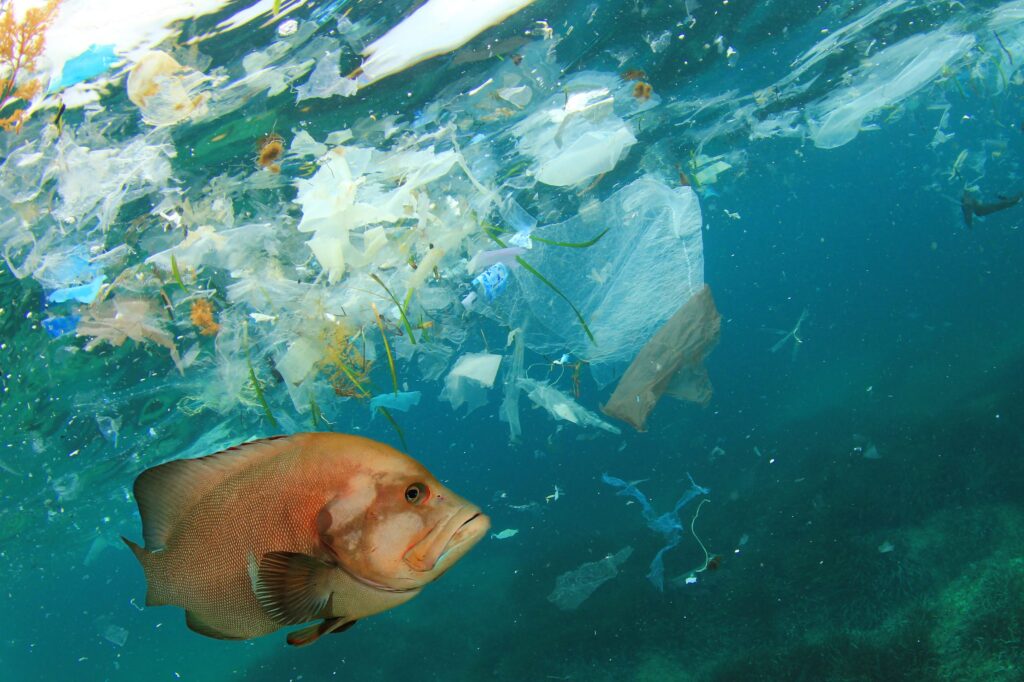
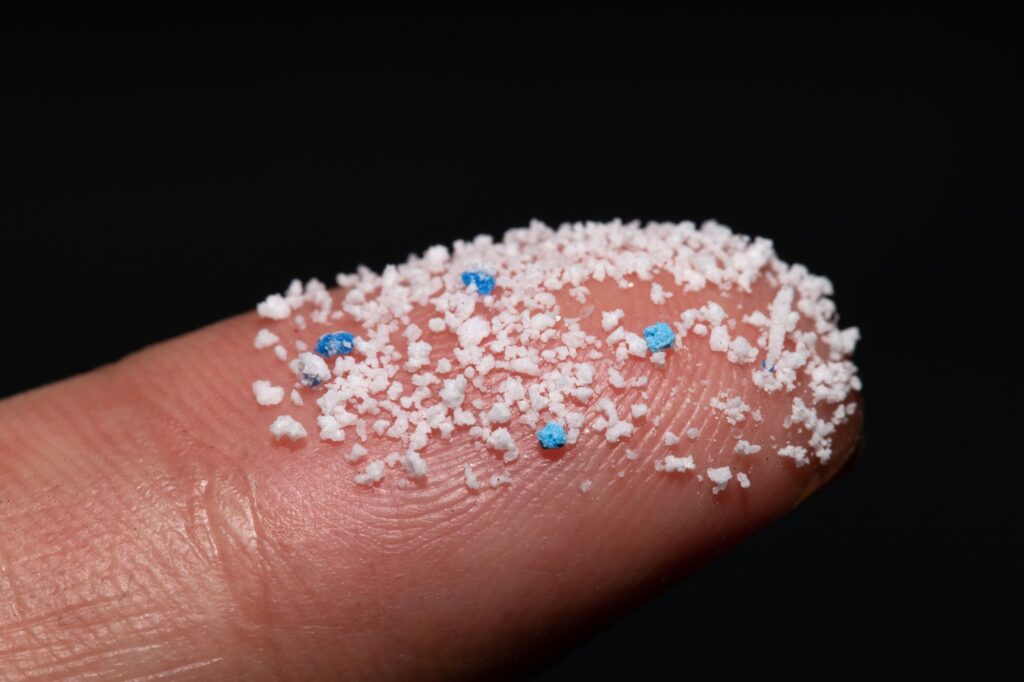
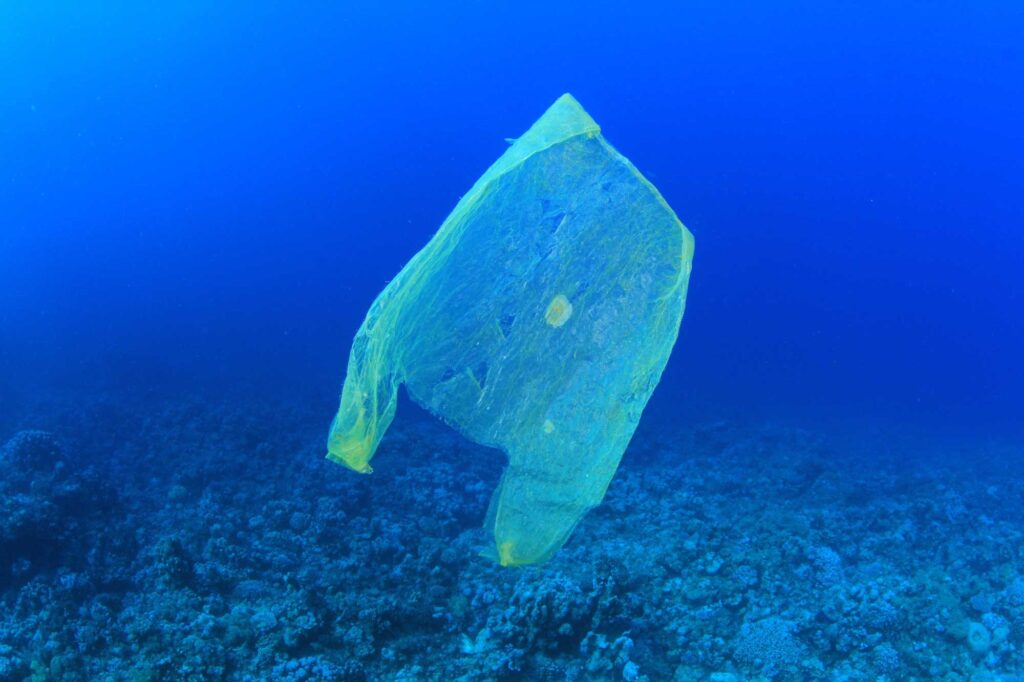
The question is on the website of the Land Conservancy and on the website of the initiative Plastic-free September What is plastic? answered and it states that many people think that plastic is a wonder because it is easy to mold, it is durable and durable. Plastic does not disappear or destroy, but breaks down over time into smaller and smaller units or particles. The production of plastic requires fossil fuel, i.e. oil and gas but those resources are not renewable which simply means that eventually they will run out.
The problem with plastic is not really the plastic itself, but how it is used. Each Icelander uses an average of 40 kg of packaging plastic annually, mostly single-use plastic products. Much of this plastic ends up in the sea, where it causes damage to the natural environment.
Projects that Matís has worked on that are related to plastics are diverse. The NordMar Plastic project was an extremely ambitious project that was undertaken in 2019 and the strategy was to set up a Nordic network of experts in plastics with a special focus on microplastics. There had been a lack of a standard or standardized methods for measuring and analyzing microplastics in the environment. Emphasis was placed on the northern countries, because there has been a lack of information, for example, about where the microplastics can be found, to what extent, etc. The goal was to coordinate actions in these matters in the region and examine what needs to be done and how.
Another major goal was to simply raise awareness of the plastic problem in society. Today, people are beginning to realize that large plastic items in the sea such as disposable tableware, plastic packaging, fishing gear and more are a problem, but we don't see microplastics and therefore don't realize how big the problem around it is. . On the one hand, microplastics are created when larger plastic units break down over time, and on the other hand, they are produced separately and used in various products such as cleaning agents, paint, clothing and more.
Microplastics can be found in everything possible. In water, on glaciers and in the atmosphere. We humans have been shown to ingest the equivalent of one credit card per week due to plastic pollution.
All kinds of events and workshops were held all over the country in collaboration with Landvernd, Oceans missions and other organizations where the goal was to raise awareness about plastic. It was also prepared educational materials about plastic in the ocean for elementary schools, which is used in many Icelandic schools today. The conference Arctic Plastics symposium which has been held in Harpa in recent years is also the result of the NordMar Plastic project.
One product of the project was Instagram page and there were short but very informative and useful videos about how you can reduce the use of plastic in different rooms of your home. There are various solutions already available.
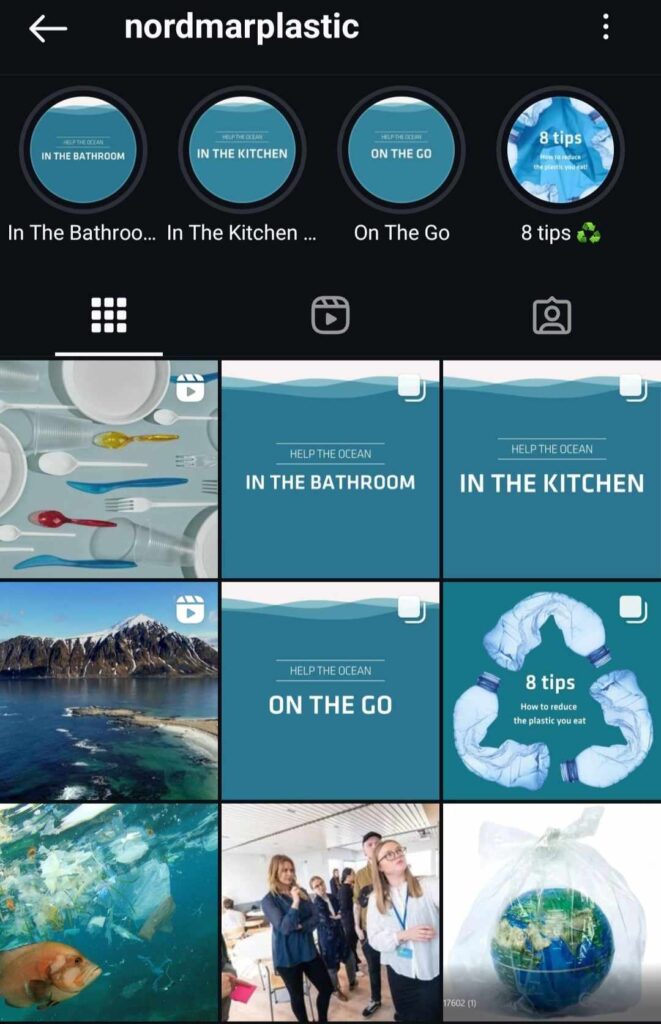
Í the project on chemicals in eroded microplastics in the sea it was investigated whether and in what quantity the substances in plastic that are harmful end up in the marine environment. Two types of plastic were chopped into tiny particles and placed in net bags into the sea for four months. Chemical measurements were made both before the plastic was put into the sea and after it was taken up again, and then it was possible to see the difference in how much of the plastic had come off.
A risk assessment was also carried out, as little is known about exactly which materials are used in different types of plastic. Due to the lack of regulations on plastics, plastic manufacturers are not required to provide this information separately.
Many of the substances found and released from the plastic are carcinogenic or have a hormonal effect, for example on estrogen and thus on people's fertility. It was not possible to draw any conclusions from this study, but it was considered important to draw attention to the fact that these substances are being released into the sea and there is reason for further research.
In the project about challenges in packing vegetables Sophie summed up the current state of food packaging, but plastic certainly has a number of desirable properties when it comes to preserving food. On the other hand, it is important to weigh the advantages and evaluate against the negative effects of plastic use. In the summary, the differences between conventional plastics, organic plastics and biodegradable plastics were examined and various advantages and disadvantages were evaluated. Packaging made of bioplastics is considered environmentally friendly and has become a strong substitute for plastic packaging.
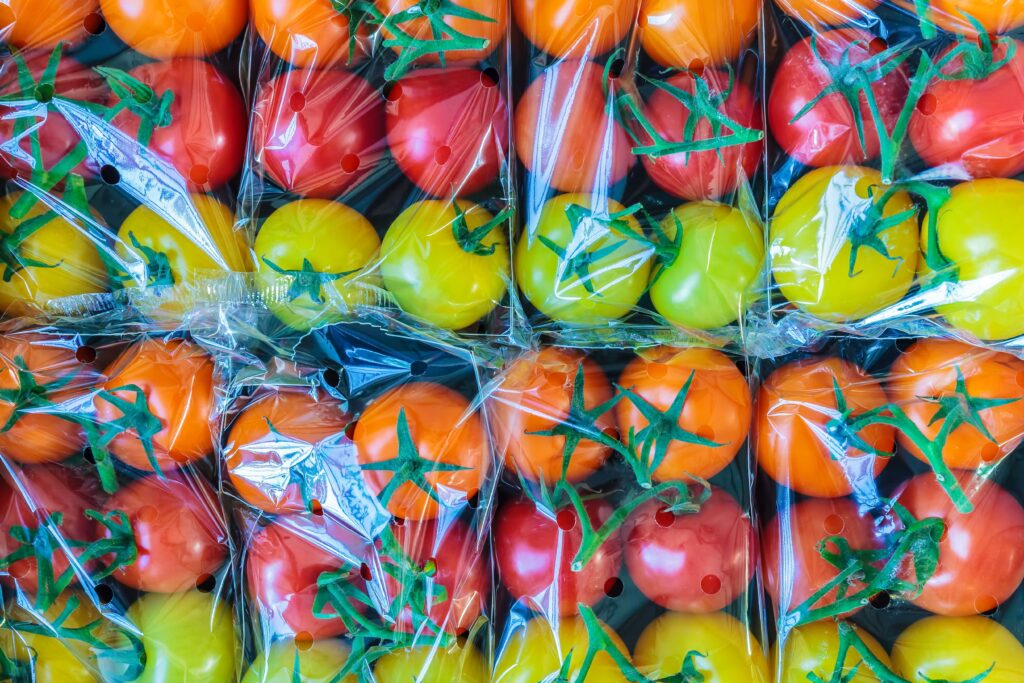
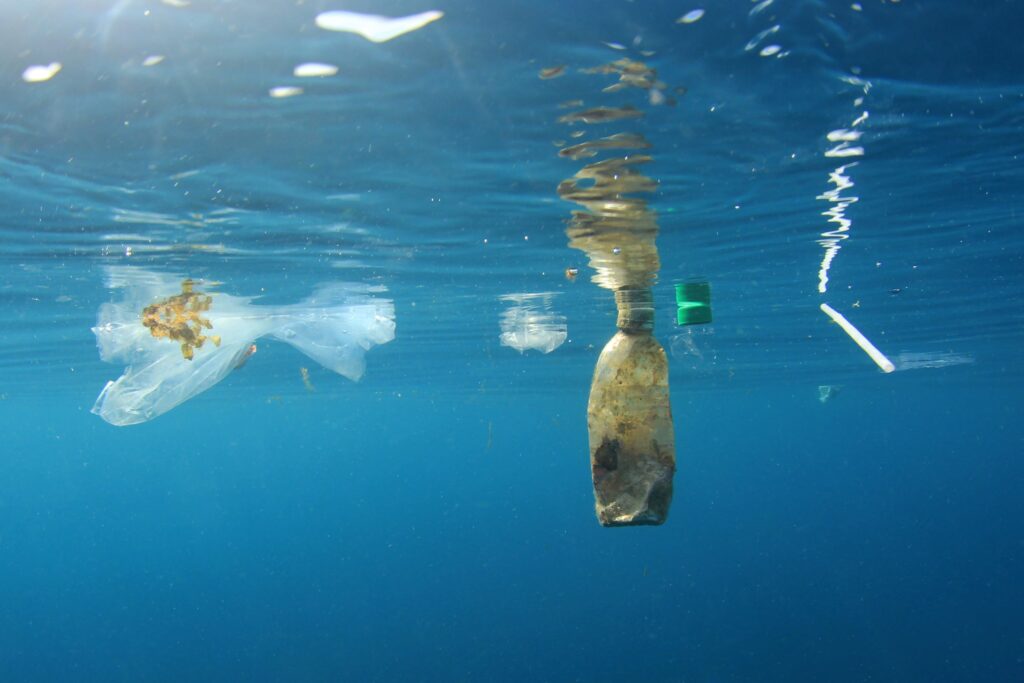
Í final report of the project states that various future solutions for environmentally friendly packaging are on the horizon and a lot of development in this field has been done both in Iceland and abroad. There is a lack of packaging made from Icelandic raw materials and knowledge of material processing for them, but several innovative projects are in the works. There is also a lot of innovation abroad related to packaging made from pure raw materials, and we can mention the development of packaging made from the supporting tissue of plants and algae. Therefore, it is right to pay close attention to the innovations that are emerging.
Sophie Jensen was interviewed in a new episode of Matvælinu, Matís' broadcast on research and innovation in food production. In the interview, she thoroughly reviewed all the major plastic projects that Matís has worked on in recent years, told about what is happening in research on plastics in the world and gave listeners all kinds of good advice on reducing plastic use in homes.
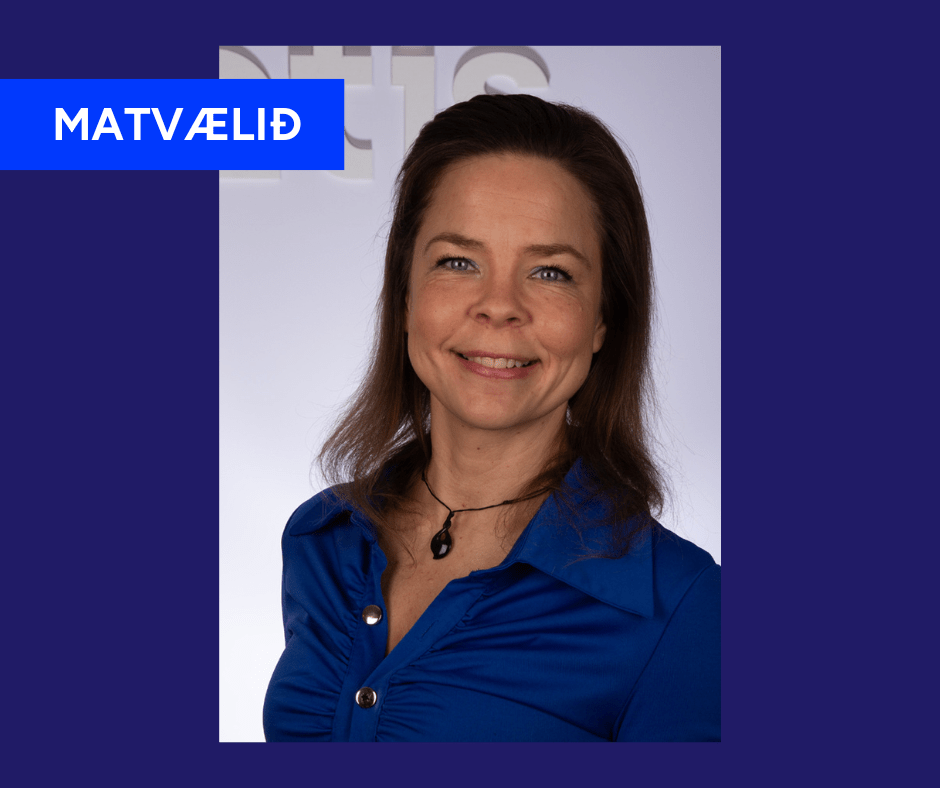
Listen to the podcast here: Plastrannsóknir – ,,Það þurfa öll lönd að gyrða sig í brók, fara að mæla þetta og segja stopp!“
